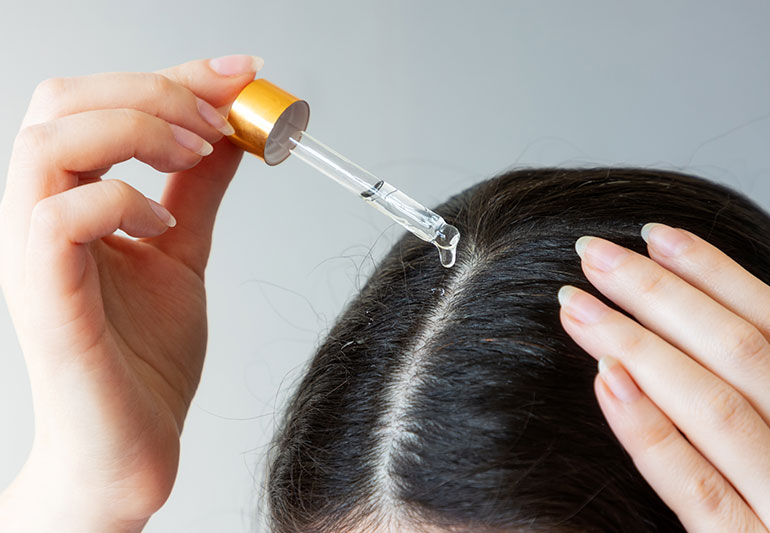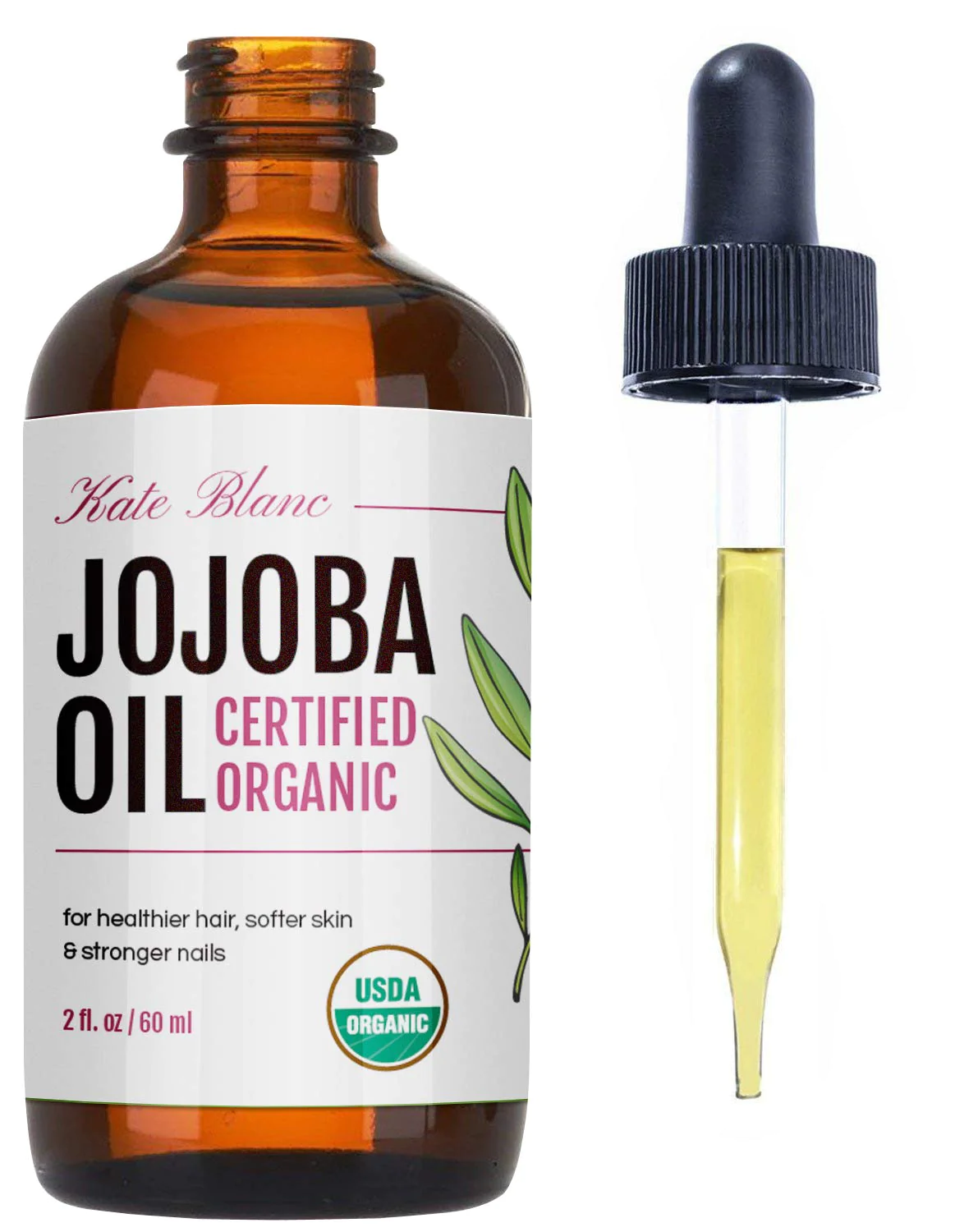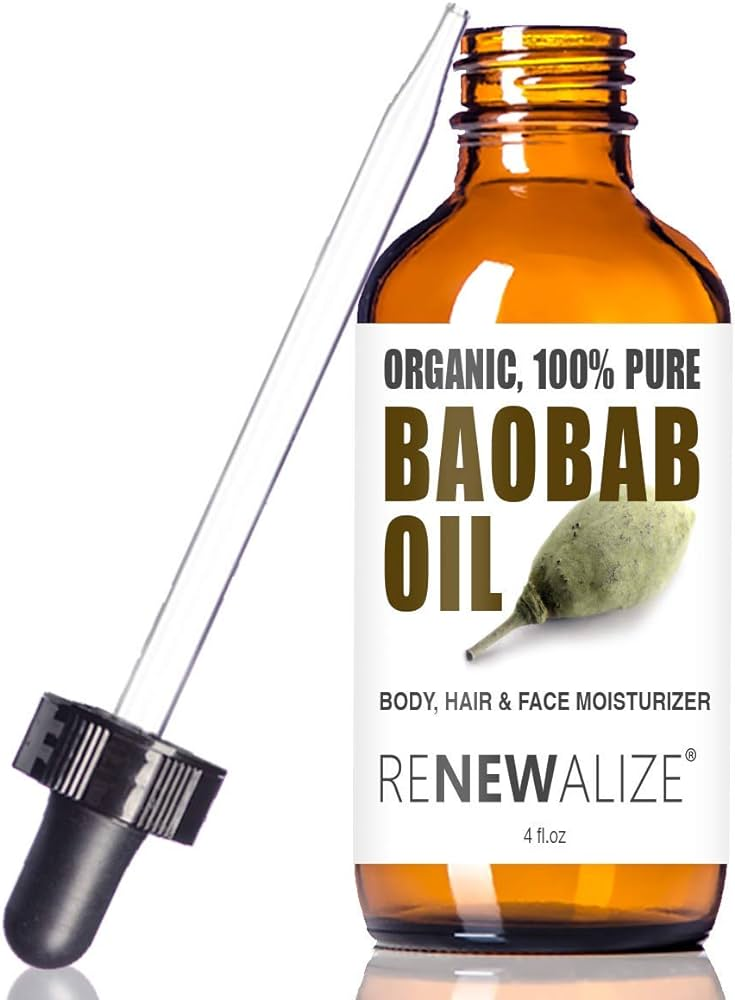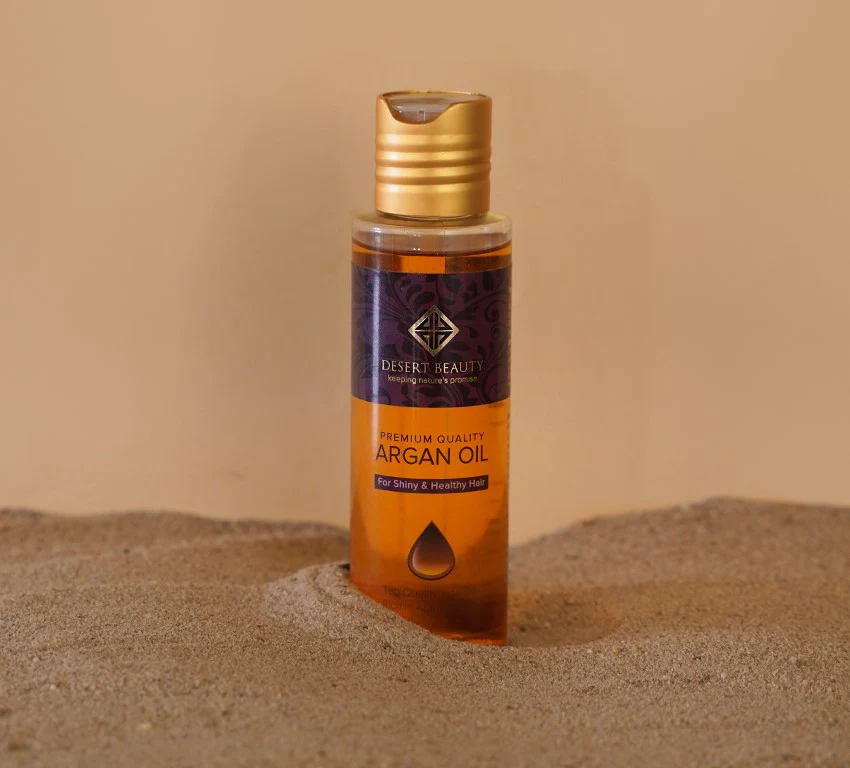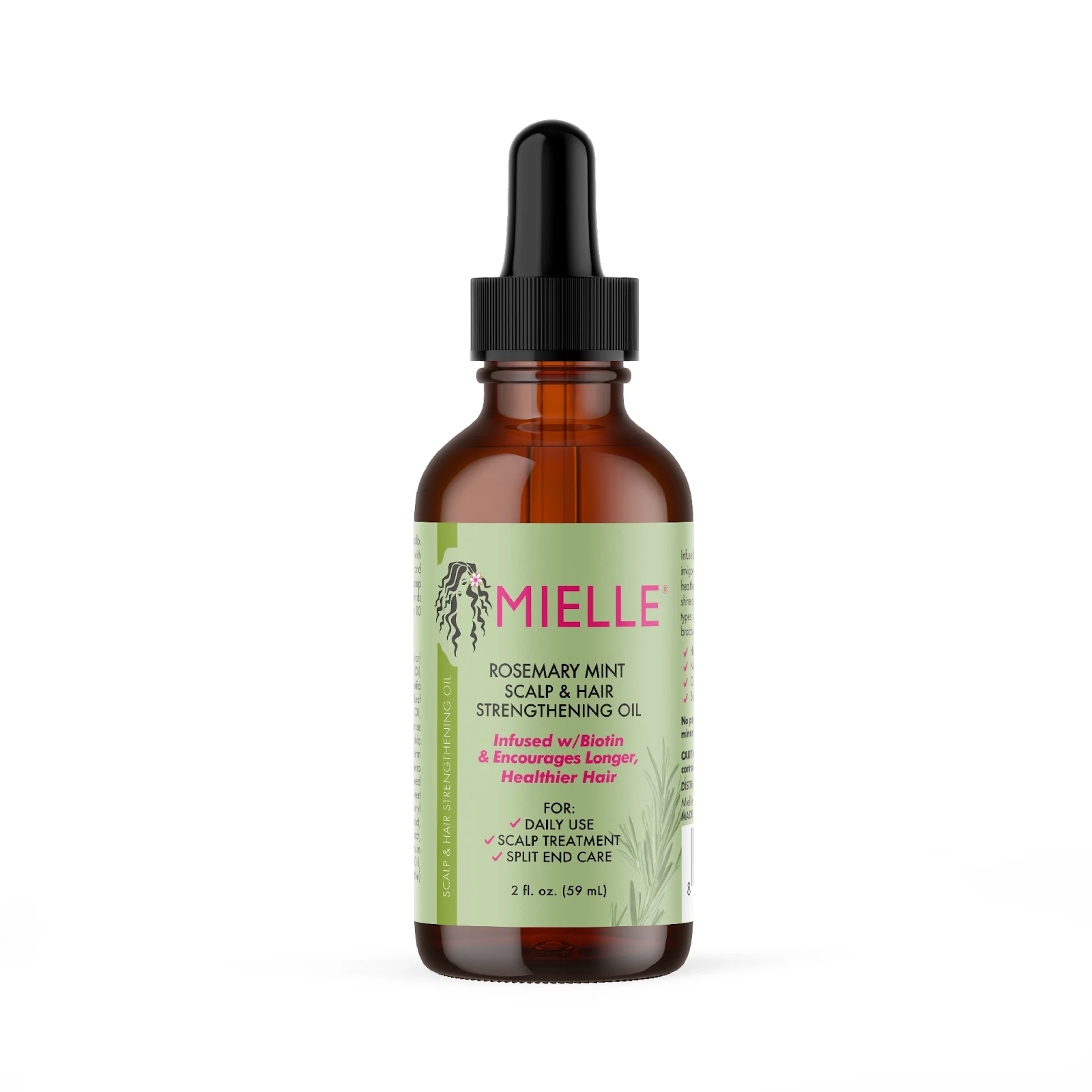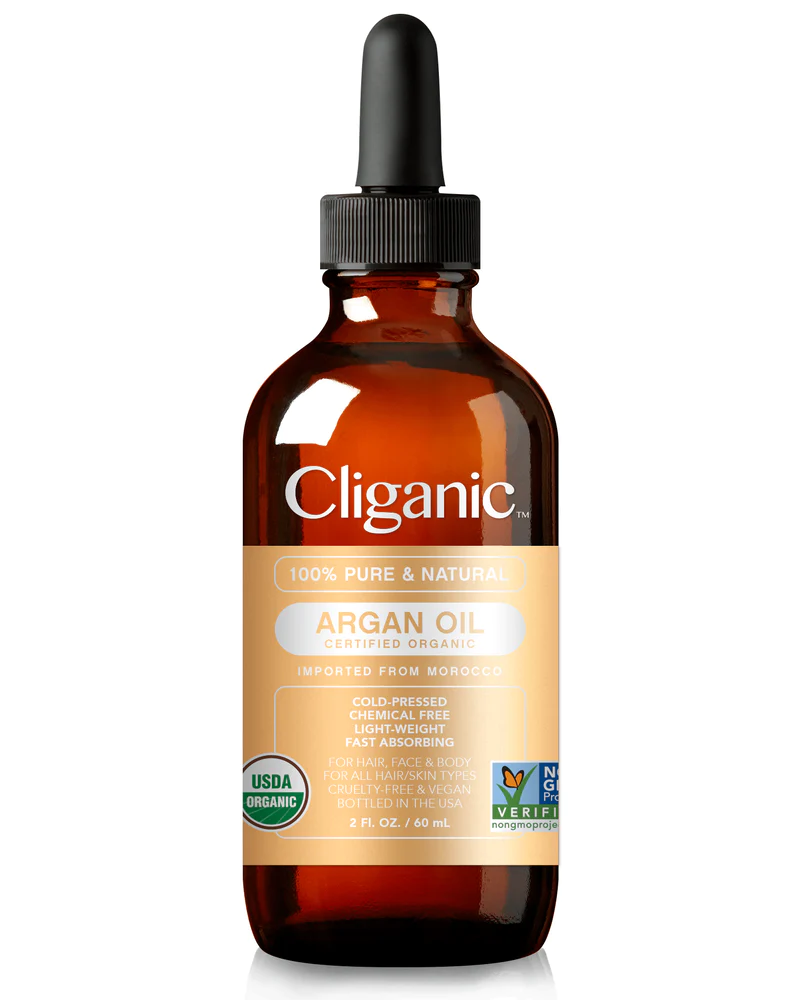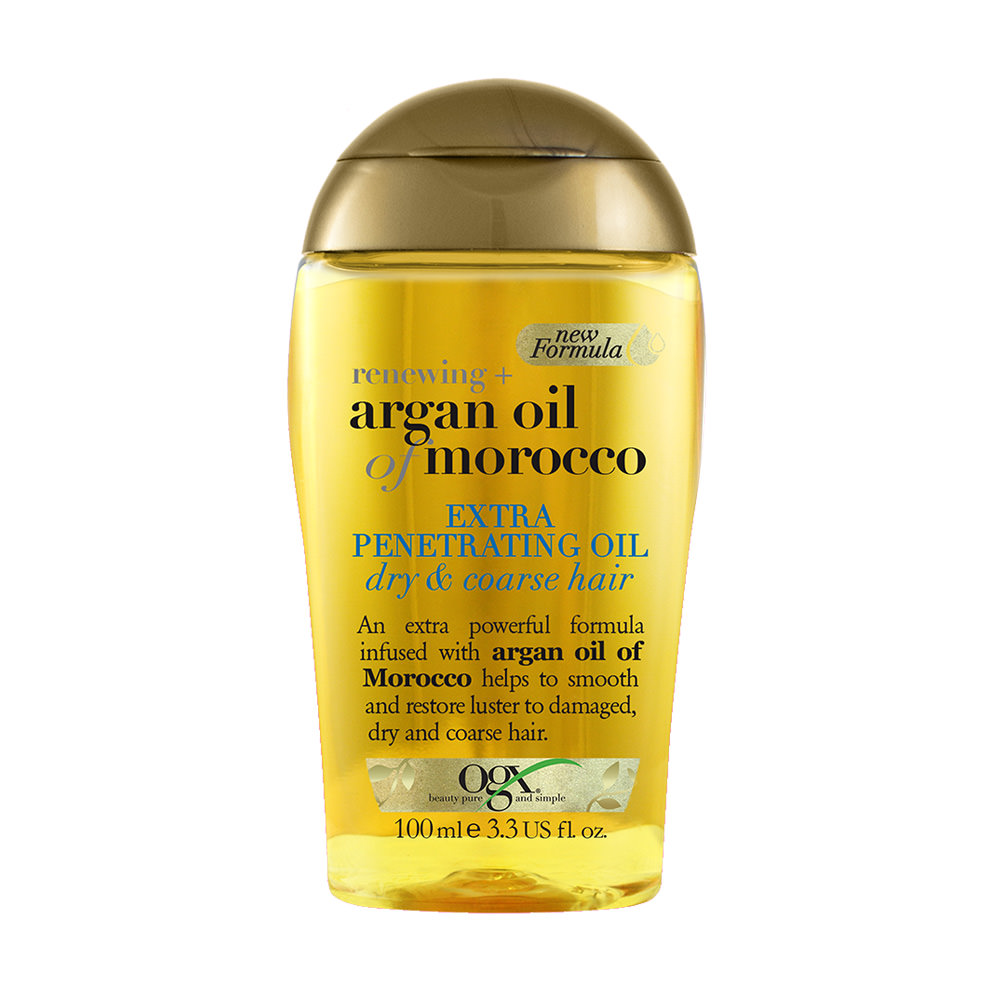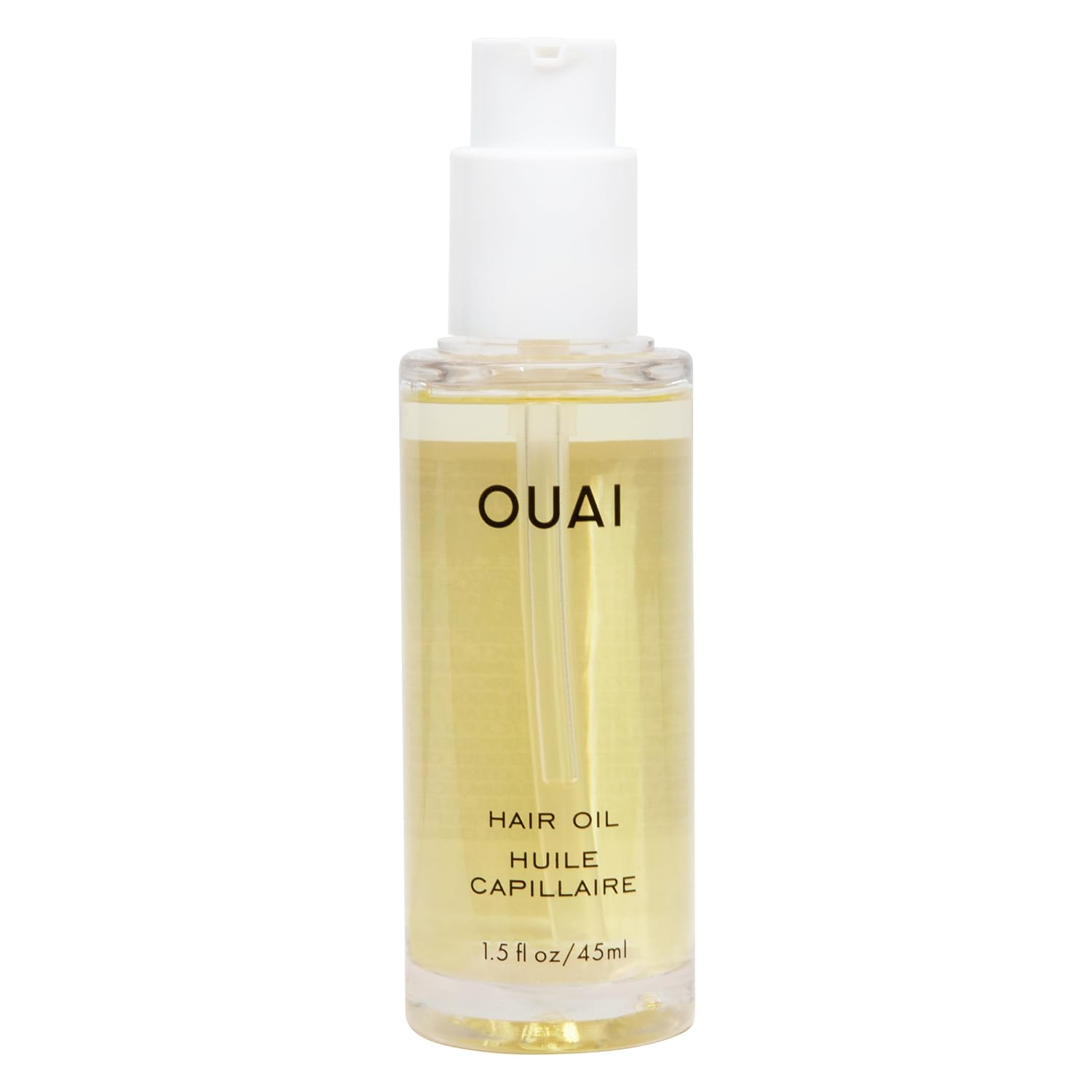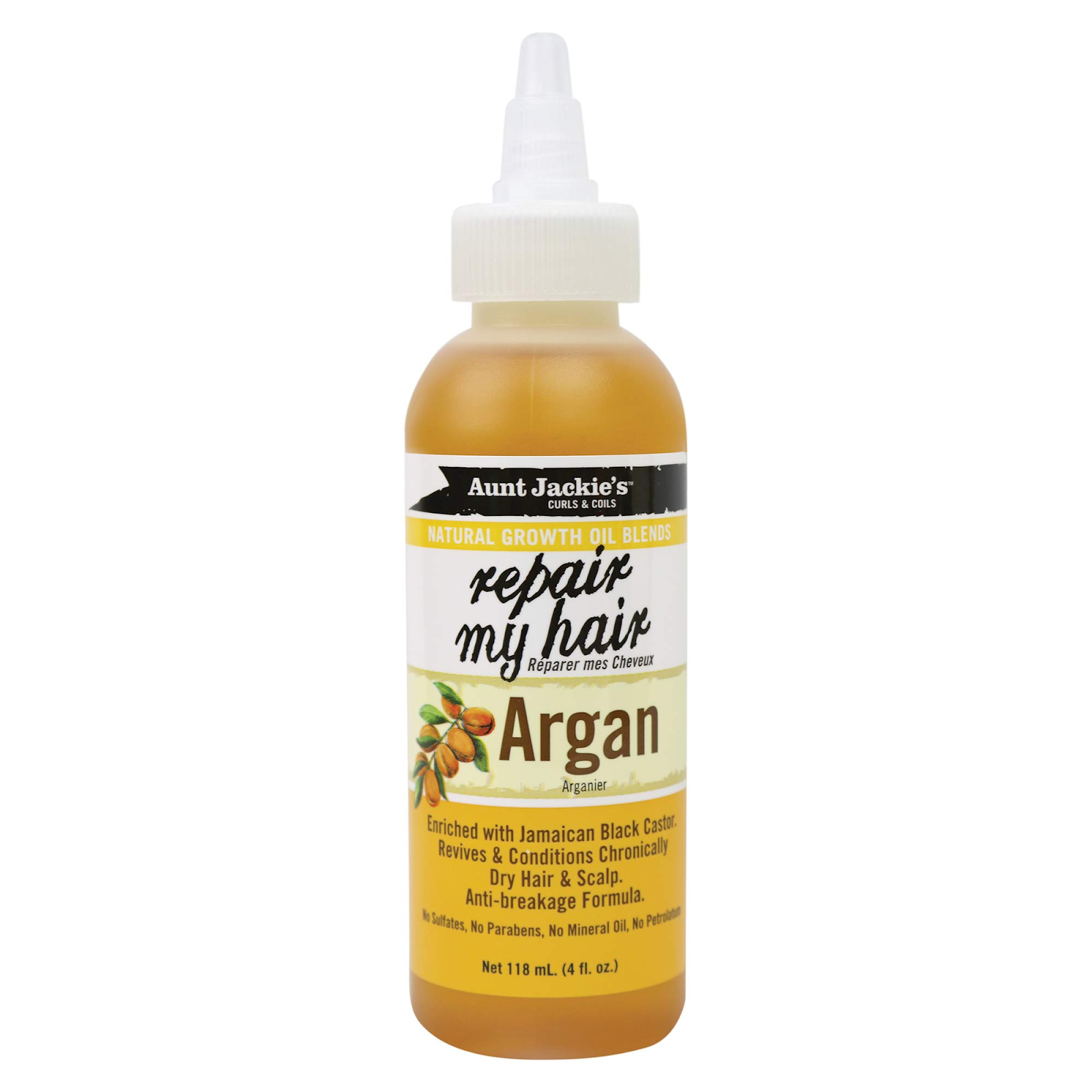Have you ever dream of having strong, beautiful nails that turn heads? It’s achievable! But achieving healthy nails goes beyond just a fancy polish. Daily habits and proper care are key. In this guide, we’ll explore the do’s and don’ts of nail care, providing you with the knowledge you need to transform your nails from fragile to fabulous. Get ready to ditch the bad habits and embrace practices that will promote healthy nail growth and keep your tips in tip-top shape!
HEALTHY NAILS: KNOWING THE SIGNS OF STRENGTH AND WHEN TO SEEK HELP
Your fingernails, made of layers of keratin protein, grow from the base under your cuticle. Healthy nails are smooth, uniform in color, and free of spots. Vertical ridges are sometimes harmless and more noticeable with age. White lines or spots from injury grow out with the nail.
However, not all nail conditions are normal. Seek medical advice if you notice:
- Changes in nail color or a dark streak under the nail
- Changes in nail shape like curling
- Nails becoming thinner or thicker
- Nail separating from surrounding skin
- Bleeding, swelling, or pain around the nails
- Nails failing to grow
HOW TO MAINTAIN YOUR HEALTHY NAILS
PRACTICE GOOD NAIL HYGIENE
Proper trimming is a key part of nail hygiene. Use sharp manicure scissors or clippers for this purpose. It’s best to trim your nails straight across and then gently round the tips in a curve. This will help prevent nail damage and maintain the strength of your nails.
KEEP YOUR FINGERNAILS DRY AND CLEAN
It’s crucial to prevent bacteria from growing under your fingernails, and keeping your nails dry and clean is the first step. Constant or prolonged exposure to water can lead to split fingernails. Therefore, it’s wise to wear cotton-lined rubber gloves when doing activities that involve water or harsh chemicals, such as washing dishes or cleaning.
USE MOISTURIZER
Just like your skin, your nails and cuticles also need hydration. Whenever you apply hand lotion, make sure to massage it into your fingernails and cuticles as well. This will keep them moisturized and healthy.
APPLY A PROTECTIVE LAYER
Using a nail hardener can provide an extra layer of protection for your nails. It can help strengthen your nails and prevent them from getting chipped or damaged.
CONSIDER BIOTIN SUPPLEMENTS
Biotin is a nutritional supplement that is known to enhance the health of your hair and nails. Some studies suggest that it can help strengthen weak or brittle fingernails. However, it’s advised to consult your doctor before starting any new supplement regimen.
WHAT SHOULDN’T YOU DO WHEN CARING FOR YOUR NAILS?
Taking care of your nails is an essential part of personal hygiene. Here are some in-depth tips to avoid common problems:
DON’T BITE YOUR FINGERNAILS OR PICK AT YOUR CUTICLES
These actions may seem harmless, but they can cause significant harm to your nails. Engaging in these actions can damage the nail bed, which is the protective layer beneath your nails. Even a small cut on your finger can create an opportunity for bacteria or fungi to enter, leading to potential infections.
LIMIT THE USE OF HARSH NAIL CARE PRODUCTS
Certain nail care products can be damaging to your nails. For instance, frequent use of nail polish remover can dry out and weaken your nails. When you do need to use nail polish remover, opt for a formula that doesn’t contain acetone, as this ingredient can be particularly harsh on your nails.
DON’T IGNORE PERSISTENT NAIL PROBLEMS
If you notice a nail issue that doesn’t improve over time, or if it’s associated with other symptoms, it’s crucial to seek medical advice. Schedule an appointment with your doctor or dermatologist for a thorough evaluation and treatment plan.
AVOID PULLING OFF HANGNAILS
Hangnails can be irritating, but yanking them off isn’t the solution. When you tear off a hangnail, you risk ripping live tissue along with it, which can lead to pain and potential infections. Instead of pulling, use a clipper to carefully trim the hangnails.
A NOTE ABOUT MANICURES AND PEDICURES
Manicures and pedicures can be a great way to pamper yourself and keep your nails looking their best. However, it’s essential to approach these treatments with caution to maintain the health of your nails and skin.
Firstly, always ensure that the salon you visit follows strict sanitation practices. The tools used should be sterilized between customers to prevent the spread of infections. Inquire about their cleaning procedures to ensure your safety.
Secondly, ask your nail technician to be gentle with your cuticles. Cuticles serve as a protective barrier for your nails, and pushing them back too far or cutting them can lead to nail infections.
Thirdly, while gel and acrylic nails can look fantastic, they can also be harsh on your natural nails, leading to weakening and breakage. The UV light used to cure the gel polish can also be harmful to your skin, so it’s recommended to apply sunscreen on your hands before getting a gel manicure.
Lastly, if you notice any changes in your nails or skin after getting a manicure or pedicure, such as redness, swelling, or pain, it is important to seek medical attention. These could be signs of an infection or allergic reaction.
Remember, it’s always okay to voice any concerns or preferences you have during your appointment. After all, the goal is not just beautiful nails, but healthy ones as well.
FAQ
1. Do I need to trim my nails?
Yes, regularly trimming your nails with sharp clippers or scissors helps prevent breakage and keeps them neat.
2. How should I trim my nails?
Trim your nails straight across and then gently file the edges into a rounded shape. Avoid cutting into the corners, which can lead to ingrown nails.
3. Should I push back my cuticles?
Gently pushing back your cuticles with a cuticle pusher is fine, but don’t cut them. Cuticles help protect your nails from infection.
4. What foods help my nails grow strong?
A balanced diet rich in protein, biotin, omega-3 fatty acids, and vitamins B and iron can contribute to healthy nails.
5. Why are my toenails yellow?
Yellow toenails might be caused by a fungal infection or from using nail polish too much without letting your nails breathe.
CONCLUSION
By following these simple do’s and don’ts, you can keep your nails healthy, strong, and looking their best. Remember, healthy nails are not just about beauty; they can also be an indicator of your overall health. So, take care of your nails, and they’ll take care of you!


